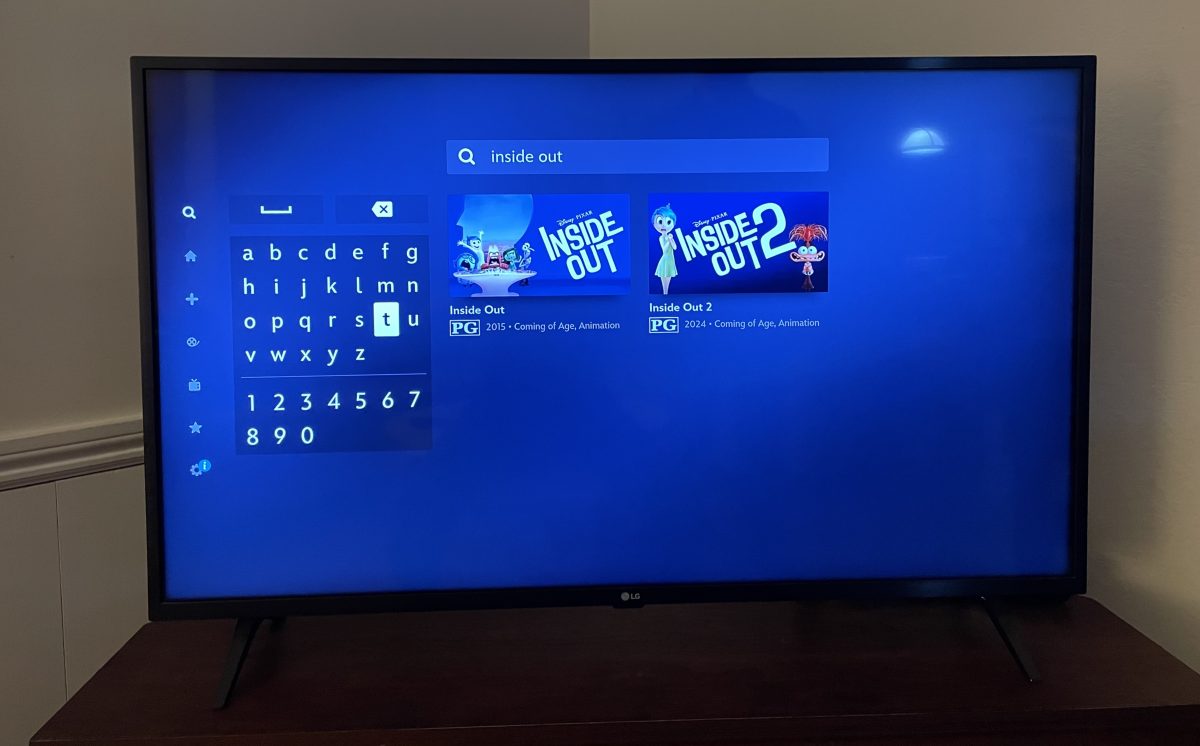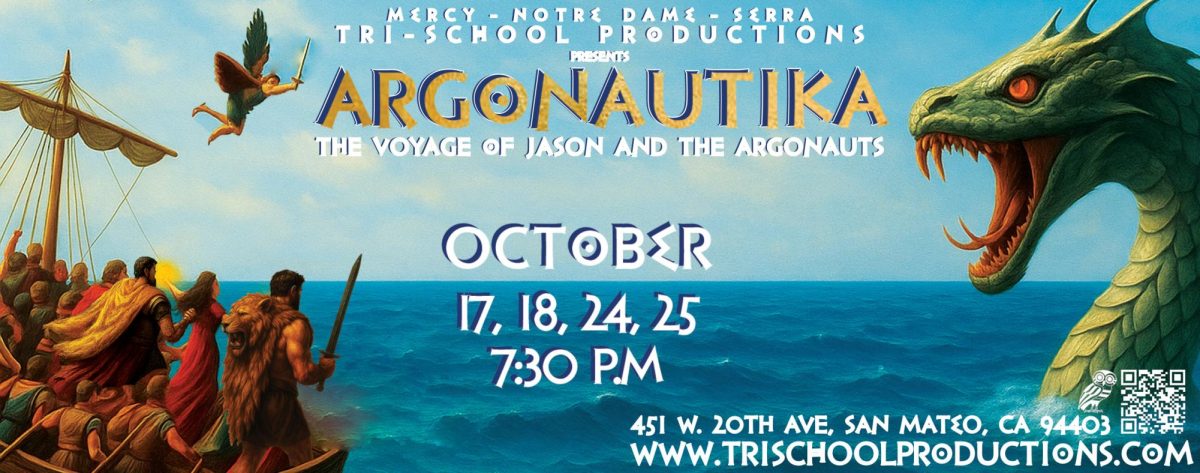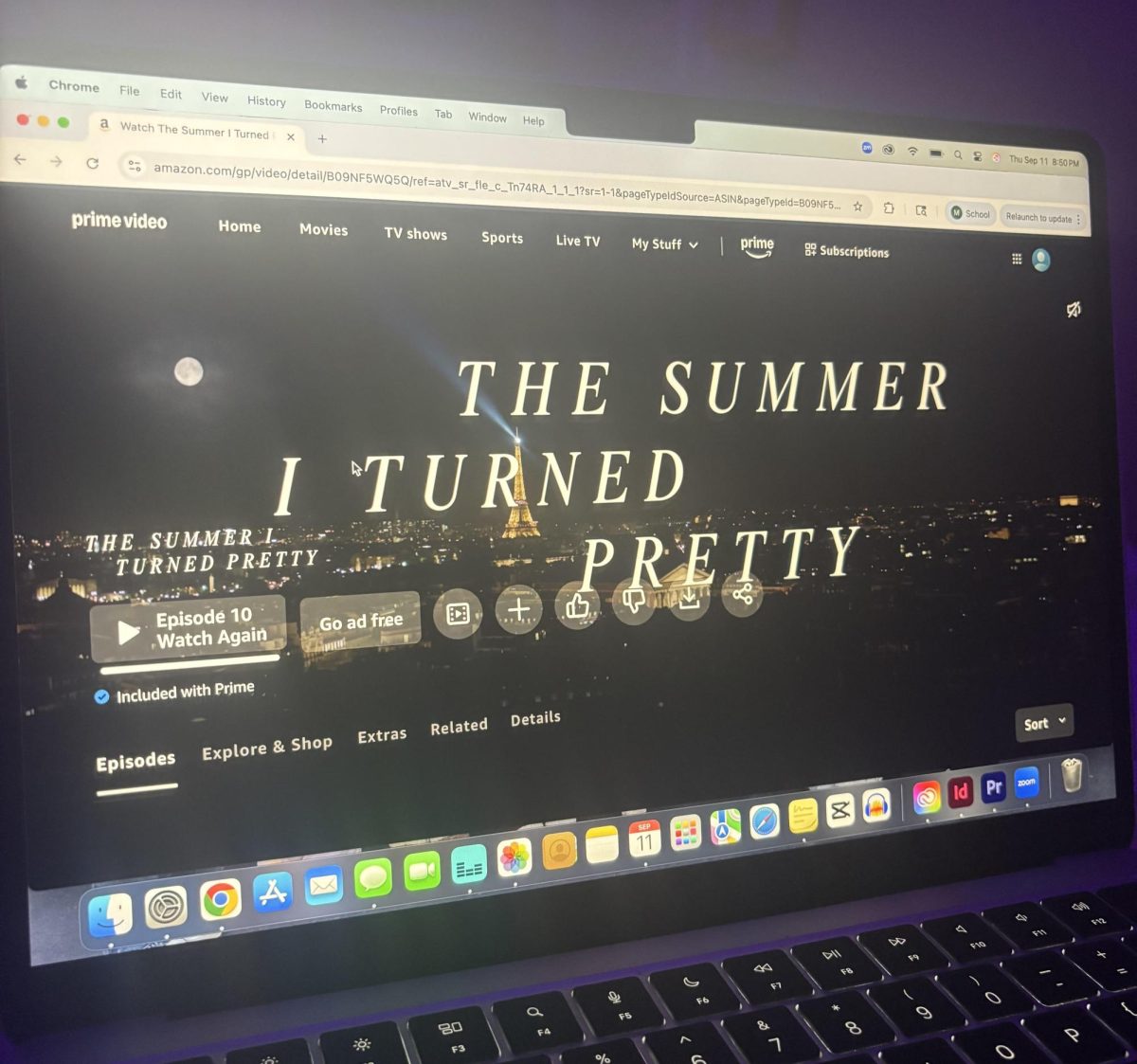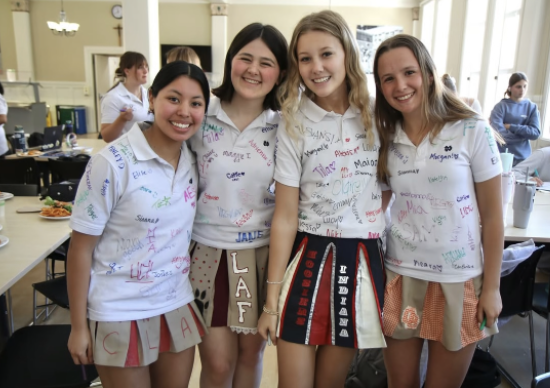Audiences’ steady desire for new movies as well as Disney’s need to make money have led to the creation of many sequels to fan-favorite films. While numerous stories have benefited from this practice, it seems that many have simply drawn out finished plots.
“I hope they don’t [continue to make sequels], because I feel like [Disney] keep[s] making these sequels to movies, and I just want them to have a new concept,” said sophomore Bea Bakken.
It is easy to see the appeal of adding more movies to a popular franchise. Since audiences have already expressed interest in the characters and their storylines, creating a sequel appears to be a simple way to continue to draw attention to the series and financially support a company. However, the main risk comes when a movie’s conflict has been completely resolved, and it seems as though the characters are moving on with their lives, living “happily ever after.” Adding an additional film afterward can disrupt this peace and lessen the charm of the original, as it can be tainted with the knowledge that not everything is all right in the end.
This past summer, one of the most popular movies was Disney’s “Inside Out 2,” which was released nine years after the original. While it beautifully depicts the struggles of growing up and the challenges teenagers face through Riley, the main character, it does not seem to align well with the timeline. The first film did leave some room for future installments, with the final line seeming to act as foreshadowing, the plot was tied up so neatly that it was exciting to wonder about the rest of Riley’s childhood and how she would continue to grow. This open-endedness left her story to the imagination, making her character even more endearing.
“I was not expecting a sequel [for “Inside Out”],” said Bakken. “I didn’t know that there needed to be a sequel because I feel like it was … supposed to be for a particular age group, and it did work with that particular age group, but sometimes they try to make them, like, older, and it just doesn’t work out because they don’t really … understand the older concepts as well, because it’s hard to make it like a PG sort of thing.”
Another popular sequel this year has been “Descendants: The Rise of Red,” a Disney Channel movie. The original trilogy ended in 2019, and the newest addition has acted as more of a spin-off since the majority of the cast did not return. One of the main issues with adding another movie to the franchise is that at the close of the first two “Descendants” films, a character breaks the fourth wall to tell the audience there will be another movie. However, “Descendants 3” has no such line, officially signaling an end to the series and making the newest movie seem very out of place.
Although there are movies that employ the use of sequels to enhance the plot, it is important for a conclusion to be offered. Forcing more stories out of one that has already been exhausted does not benefit the films and should no longer be used for many.










